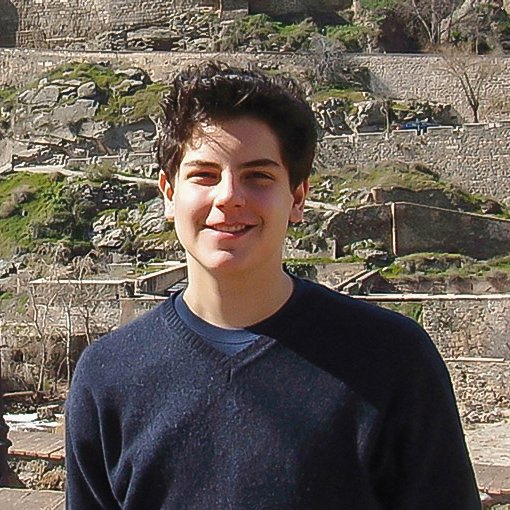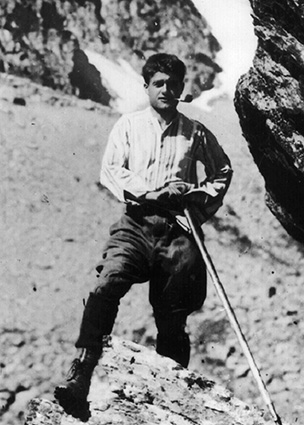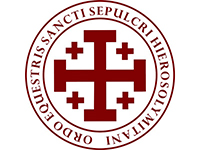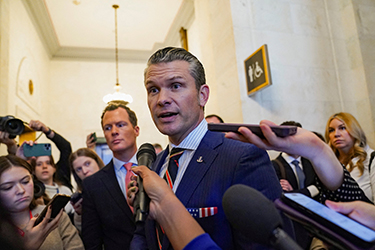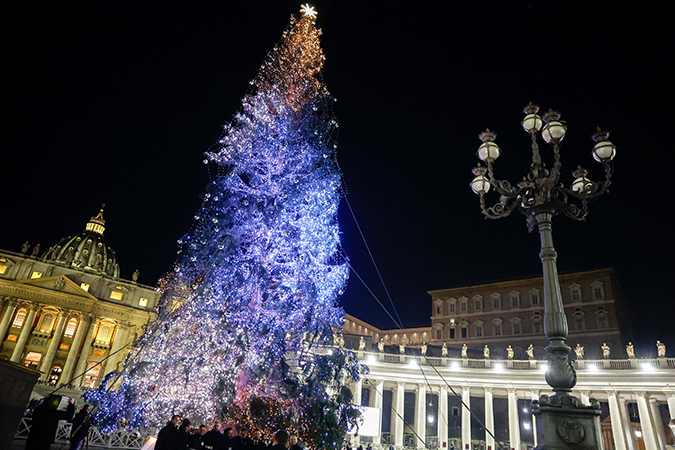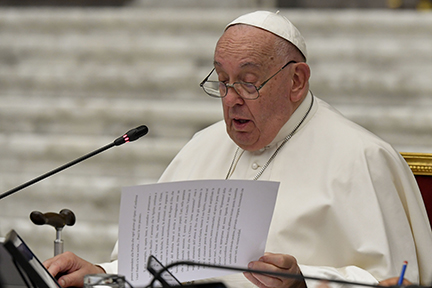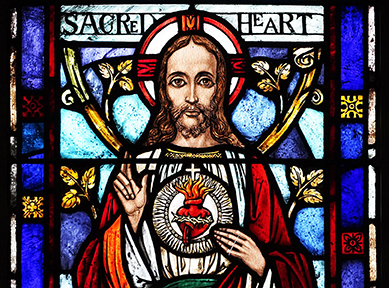NATION
MALVERN, Pa. (OSV News) – More than a million people descended upon Logan Circle on a beautiful autumn day in Center City Philadelphia Oct. 3, 1979, for a Mass celebrated by St. John Paul II, the Polish cardinal who had been elected pope less than a year earlier. At the center of it all, above a covered fountain on the city’s Eakins Oval, the pope celebrated Mass on an expansive altar in the shadow of an enormous 34-foot-tall white cross. In the days after the papal visit, the cross, a symbol of one of the greatest Catholic gatherings in North America at that time, was taken to the outskirts of the city and erected on the grounds of St. Charles Borromeo Seminary. It has been on display at the busy intersection of Lancaster and City avenues the last 45 years. Earlier this year, St. Charles Seminary moved to another part of the Archdiocese of Philadelphia, and the seminary grounds were sold. On Nov. 11, the refurbished cross was unveiled at its new place of honor at Malvern Retreat House, where Father Douglas McKay, the rector, offered prayers for a gathering of about 100 people. The priest was a seminarian in 1979 and was a cross bearer at the Mass with the pontiff. Founded more than 100 years ago, Malvern Retreat House is billed as the oldest and largest Catholic retreat community in the nation.
SANTA FE, N. M. (OSV News) – The incoming Trump administration should “rethink” its plans to carry out mass deportations, the bishops of New Mexico wrote in an open letter. President-elect Donald Trump campaigned on hardline immigration policies, including his call for mass deportations, arguing in a September presidential debate that those without legal status “destroyed the fabric of our country, and has since indicated willingness to use military force for a mass deportation program. While Trump has not offered specifics on how he would carry out such a program, in principle, mass deportations run contrary to the Second Vatican Council’s teaching in “Gaudium et Spes” condemning “deportation” among other actions, such as abortion, that “poison human society,” a teaching St. John Paul II affirmed in two encyclicals on moral truth and life issues. In their letter, the border state’s bishops – Archbishop John C. Wester of Santa Fe, Bishop Peter Baldacchino of Las Cruces and Bishop James S. Wall of Gallup – said immigration “remains a complicated and challenging issue for the country.” “While removing those who cause harm to us is necessary, deporting immigrants who have built equities in our communities and pose no threat is contrary to humanitarian principles and to our national interest,” they said. “We urge the new administration to rethink this proposed deportation policy and instead return to bipartisan negotiations to repair the US immigration system.
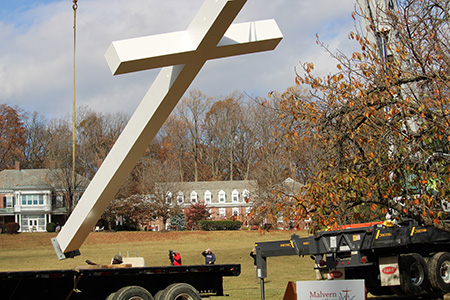
VATICAN
VATICAN CITY (CNS) – The world is in great need of hope, Pope Francis said. “Day by day, let us fill our lives with the gift of hope that God gives us, and through us, let us allow it to reach everyone who is looking for it,” the pope said in a video explaining the intention he would like Catholics to pray for during the month of December. The pope’s message encouraging prayers “for pilgrims of hope” was released by the Pope’s Worldwide Prayer Network Dec. 3. The network posts a short video of the pope offering his specific prayer intention each month, and members of the network pray for that intention each day. In the video, the pope said, “Christian hope is a gift from God that fills our lives with joy. And today, we need it a lot. The world really needs it a lot!” “Hope is an anchor that you cast over with a rope to be moored on the shore,” the pope said, and people of faith must hold on to that rope tightly. “Let’s help each other discover this encounter with Christ who gives us life, and let’s set out on a journey as pilgrims of hope to celebrate that life,” he said.
VATICAN CITY (CNS) – Anyone interested in Catholic Church can now see a detailed, interactive breakdown of the body that will elect the next pope. The Vatican launched a “dashboard” for the College of Cardinals Dec. 5, allowing users of the web page to see a comprehensive list of the church’s cardinals and sort them by age, rank, country of origin, electoral status and religious order. Initially it was available only in Italian. The dashboard, created with Microsoft Power BI – an AI tool designed to visually organize data – was published on the Vatican press office’s public website just two days before Pope Francis was scheduled to create 21 new cardinals Dec. 7. The page –https://press.vatican.va/content/salastampa/it/documentation/cardinali–-statistiche/dashboard-collegio-cardinalizio.html – allows users to see a map of where current cardinals are from, as well as the percentage of cardinals from each region who are under the age of 80 and eligible to vote in conclave. As of Dec. 5, for example, 47.8% of cardinals from Europe are eligible to vote in a conclave while 100% of cardinals from Oceania are eligible electors. Cardinals lose their right to vote in a conclave on their 80th birthday or when they lose the rights and privileges of a cardinal. Previously, the Vatican website only offered separate lists of cardinals, organized alphabetically by name, by country, by age or grouped according to the pope who appointed them.
WORLD
KHARTOUM, Sudan (OSV News) – Sudanese Catholic Bishop Yunan Tombe Trille Kuku Andali of El Obeid Dec. 2 described having survived execution in his country, where he has remained with the faithful amid a deadly war between the Sudan Armed Forces and the paramilitary Rapid Support Forces. The bishop was returning to his diocese after attending a Eucharistic congress in Juba, the South Sudanese capital. The congress on Nov. 24 was organized to mark 50 years – or golden jubilee – of the Sudan and South Sudan Catholic bishops’ conference. In a message to fellow bishops and obtained by OSV News, Bishop Andali said that after arriving in El Obeid from the gathering, he encountered – in separate incidents – the army and, immediately afterward, the paramilitary. “Guns (were) given to the lads and (they were) instructed to carry out their usual business,” which clearly was execution, the bishop said in his message. “Thanks to the prayers of the church,” he was saved, he emphasized: A leader of the paramilitary had emerged from his office and ordered the gunmen to free the church people. But the bishop suffered “heavy blows on the neck, the face and the sides of the head.” On Nov. 21, the bishops in Sudan and South Sudan expressed deep concern over the deteriorating conflict in Sudan. The bishop said war was continuous and there was no chance for dialogue between the two fighting sides.
JERUSALEM (OSV News) – Christmas this season in the Holy Land will be celebratory despite ongoing bloodshed and war, the Holy Land’s patriarchs said. And while visiting Germany, Cardinal Pierbattista Pizzaballa, the Latin patriarch of Jerusalem, encouraged pilgrims to return to the birthplace of Jesus. On Dec. 3, he said he is counting on a rapid normalization of pilgrimage tourism, especially during the Christmas season, following the ceasefire between Israel and Lebanon. Pilgrimages and religious tourism are an important economic factor for many Christians in the region, but tourists disappeared and stores across pilgrimage sites have remained closed since Oct. 7, 2023. This year, the patriarchs and heads of the churches in Jerusalem, said the war this year won’t stop the joyful celebration of Christmas in the land of Jesus. Last year, to stand in solidarity with “the multitudes suffering” amid “the newly erupted war,” the patriarchs made “a mutual decision” to call on their congregations “to forego the public display of Christmas lights and decorations” and related festivities. But they said their intentions were misinterpreted, leading “many around the world” to say they had called for a “’Cancellation of Christmas’ in the … very place of our Lord’s Holy Nativity.” Christmas “was diminished not only around the world, but also among our own people,” they wrote Nov. 22. This year, the patriarchs encouraged all “to fully commemorate the approach and arrival of Christ’s birth by giving public signs of Christian hope.”

